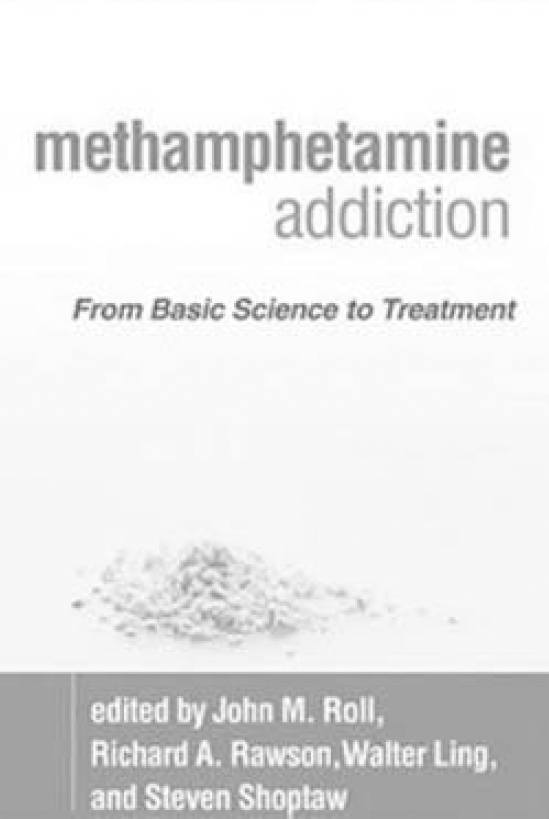
The use of psychotherapy to treat alcohol dependence has a provenance almost as long as the recognition of alcoholism as a medical concern. Despite some famous successes – the playwright Eugene O'Neill, for one – psychoanalysis was not deemed an effective treatment for alcoholics. The American Psychiatric Association took the lead in steering practitioners away from therapy aimed at the purported underlying causes of the addiction in favour of behavioural therapies that addressed the use of alcohol head on. These therapies were in accord with new theories of the aetiology of addiction derived from social learning theory.
Such behavioural therapies now come in many different forms with manualised guidance available for each of the variations. The treatments have a good evidence base and when comparing their efficacy in relation to which types of patients might show most benefit there is often little to separate the different approaches. Project MATCH in the USA and the more recent UK Alcohol Treatment Trial (UKATT) are the main research programmes in this area of practice.
The book under review here is a manual on how to apply social behaviour and network therapy (SBNT), a new treatment developed by a distinguished group of British psychologists for the UKATT. In this 1-year pragmatic trial SBNT and motivational enhancement therapy were compared – both treatments had equal efficacy as measured by improved mental health and quality of life, decreased alcohol use and dependence and fewer secondary problems.
The attraction of SBNT from the perspective of a frontline clinician in the alcohol field is the emphasis on enlisting family and social networks in the recovery process. It will be of interest to see whether SBNT has longer-term effects 2, 3 or 5 years down the line as intuitively the changes in networks seem more likely to produce better long-term outcomes. This is the principle after all that self-help groups like Alcoholic Anonymous utilise.
This book is highly accessible, practical and not overly burdened by theory. The only quibble is a failure to address how the therapy might sit alongside adjunctive medication, particularly disulfiram, which can be part of a network therapy approach.
The extent to which SBNT will be applied in full in National Health Service settings I suspect will be curtailed by the large numbers of patients we deal with and a limited time to utilise a social network form of therapy of this kind rather than a less time-intensive individual-based therapy. Cost-effectiveness data seem absent from this book and may have to await future research.



eLetters
No eLetters have been published for this article.